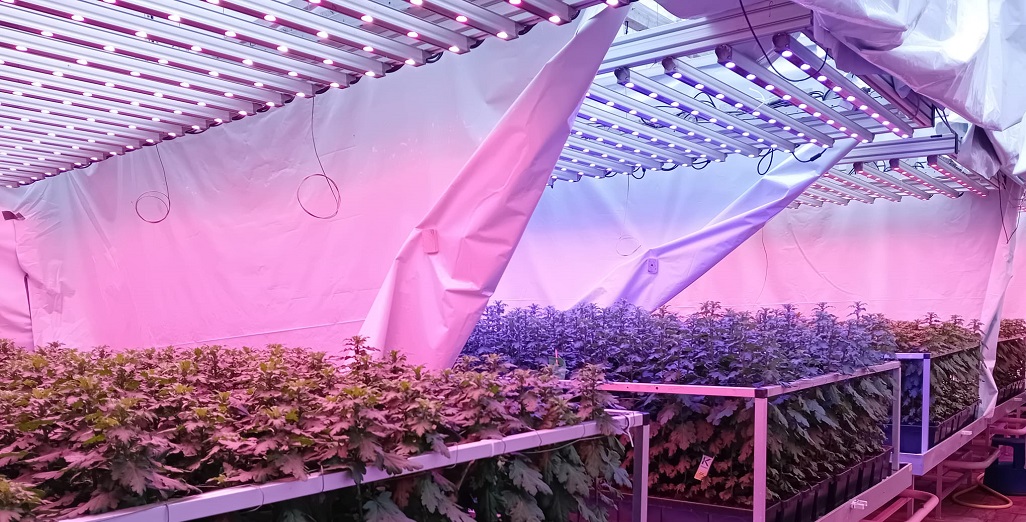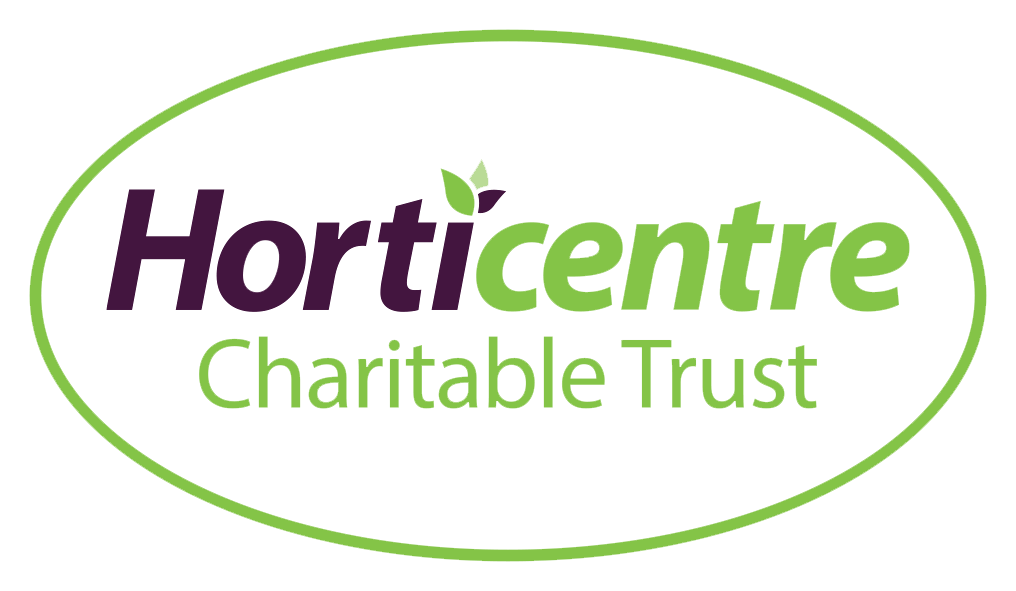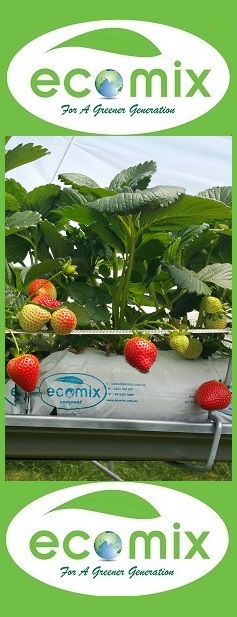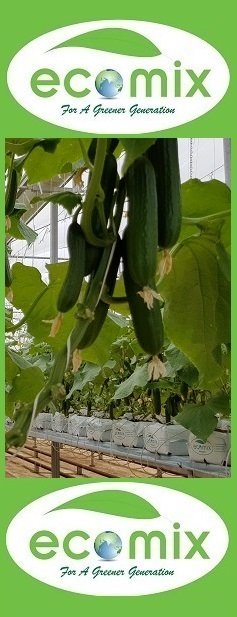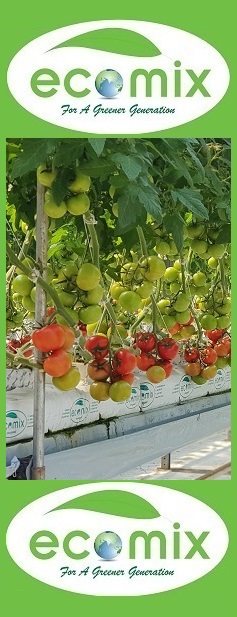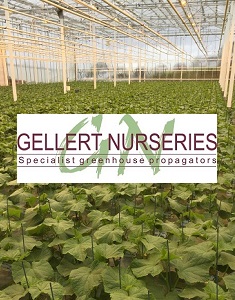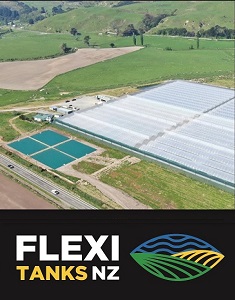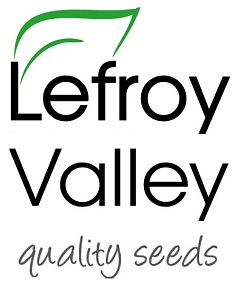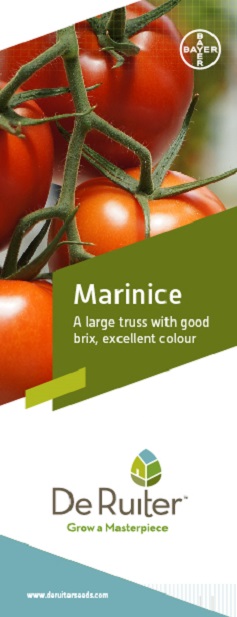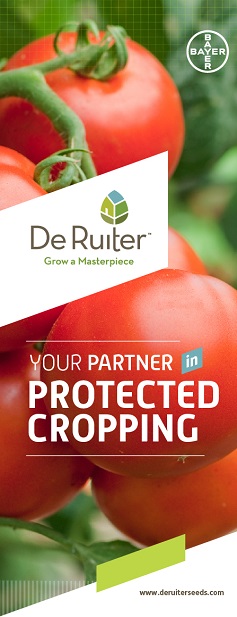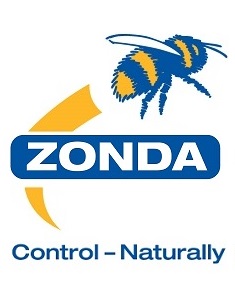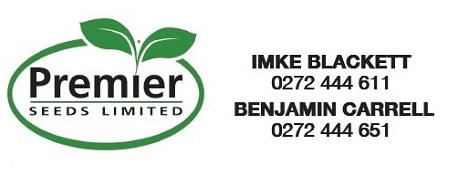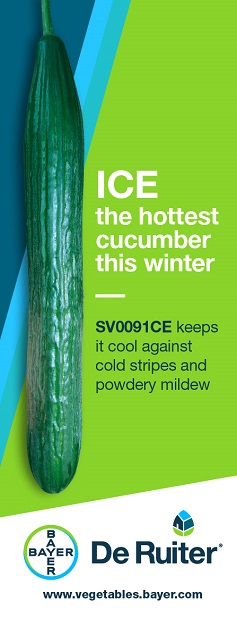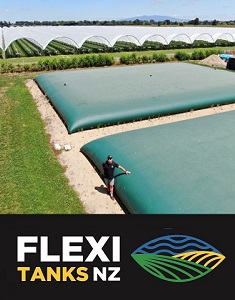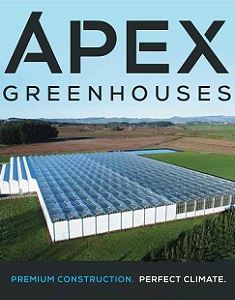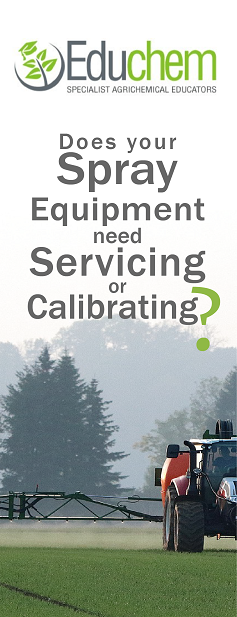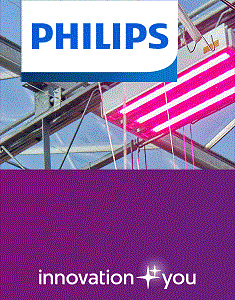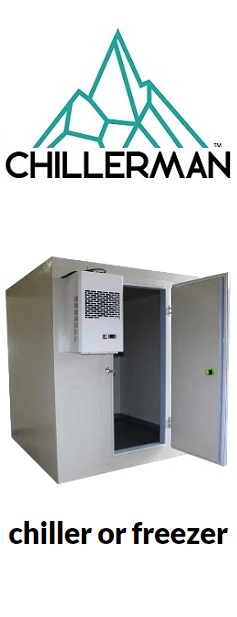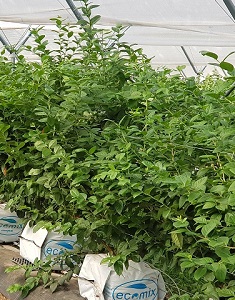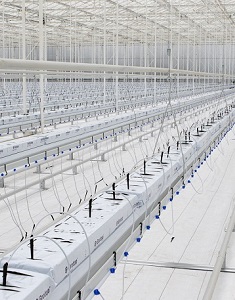Sign up here to subscribe to the Grower2grower Ezine. Every two weeks you will receive new articles, specific to the protected cropping industry, informing you of industry news and events straight to your inbox.
Dec 2020
November planting dates
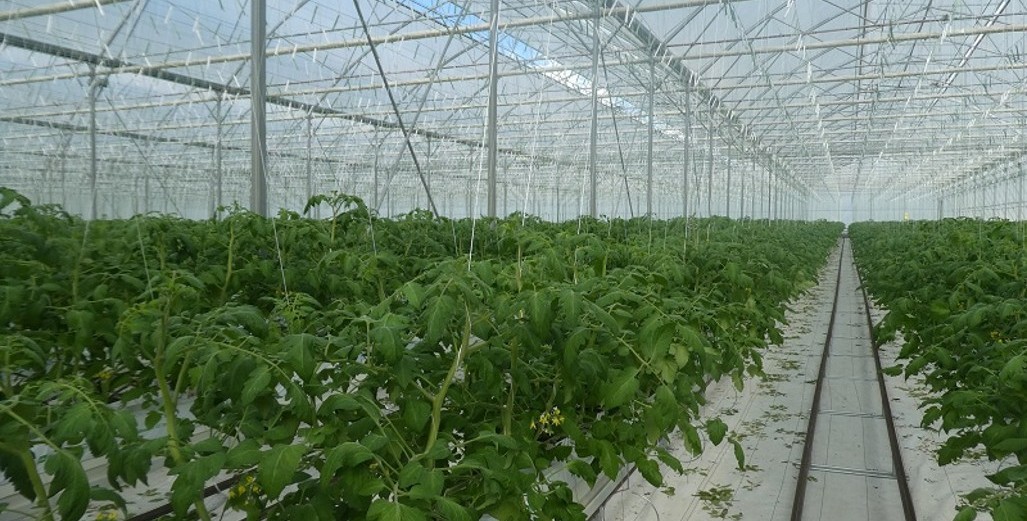
Controlling the plant is difficult
When planting a crop in November or December trying to balance the growth may seem easy, however, its actually very difficult. Especially for tomatoes, as there is an abundance of light accompanied by late spring early summer ambient temperatures.
To balance the plant between vegetative and generative it would be nice to restrict the water applied but it is not that straightforward. With no natural shade, from the plants, the temperature of irrigation water, in the transport lines, can sky rocket. If you restrict the water to manipulate growth, the temperature of the water, that sits for long periods in the irrigation pipes, increases dramatically. All of this results in potentially causing root disease/infection. The options are to shade your greenhouse, for the first 3-4 trusses of the tomato’s life span, or apply more irrigation cycles per day. Even if you shade the greenhouse you will still need an increase in irrigation but this should give you much better control. I advise that you increase runoff to keep the water temperature in the irrigation lines cool, which has the benefit of reducing high substrate temperatures that can be harmful.
When a fruit load and leaf area is established it is far easier to manage the crop at this time of the year. From the two options above I prefer to shade at this time of the year. There is so much light that if you don’t you will have to irrigate far too much in the first three weeks and this will inevitably create a vegetative monster which will have long term negative effects. Long crops that grow too vegetatively in November and December may be prone to botrytis and yellow stem amongst other fungal pressures throughout the winter.
The above image of a very healthy crop, unfortunately for my own liking it was far too strong/vegetative.
The other difficulty long cropping, is that you have to be prepared for a lengthy battle with pests such as whitefly and psyllids. I would not want to artificially stress plants too much otherwise it will be easier for pest insects to establish. Avoid warm water on young root systems, it has less oxygen and is very harmful. What you can control, to a point, is the water temperature in your irrigation lines and shading your roof to protect young plants.
Cucumbers are marginally easier to manage. The crucial time for cucumbers is the first 3 days after planting during hot weather. Irrigate as much as you need to keep the substrate and water cool inside the irrigation lines. Guarding against Pythium in the first weeks after planting is crucial for a successful 4-5-month crop cycle. Controlling Pythium (and those pesky birds) is an ongoing battle. Because of the rapid growth of cucumbers, I would not shade a cucumber growing area. I would recommend ReduFuse or ReduFuse IR for glasshouses.
If you are lucky it will be overcast and rain the day you plant your cucumbers.
I appreciate your comments. Please feel free to comment on the grower2grower Facebook page:
https://www.facebook.com/StefanGrower2grower/
Article Written and compiled by Stefan Vogrincic, Consultant, Grower2Grower
Article Edited by Marie Vogrincic, Editor, Grower2Grower
CLASSIFIED
Subscribe to our E-Zine
More
From This Category

Ground cover: woven weed mat or solid plastic… or both?
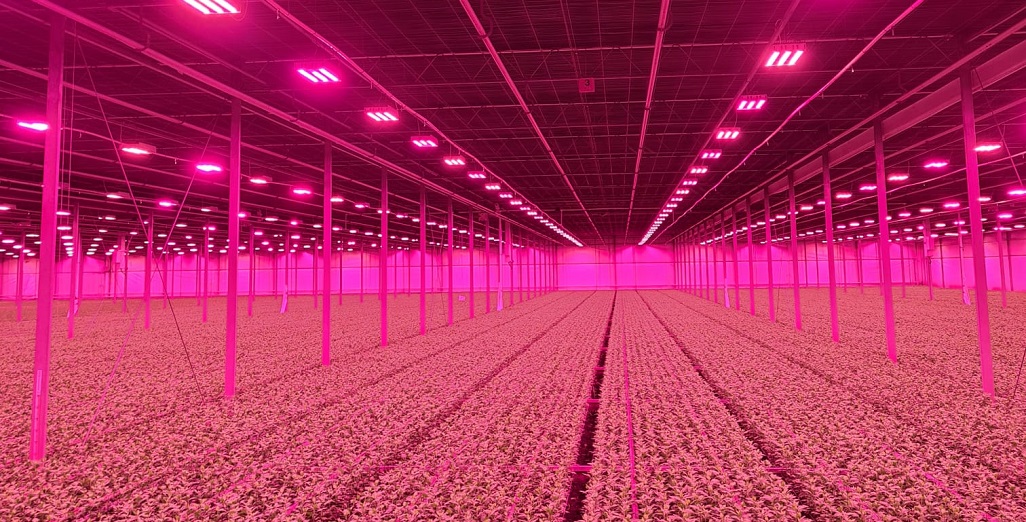
Integration of Philips GrowWise control system with climate computer allows Huisman Chrysanten to light more effectively and efficiently
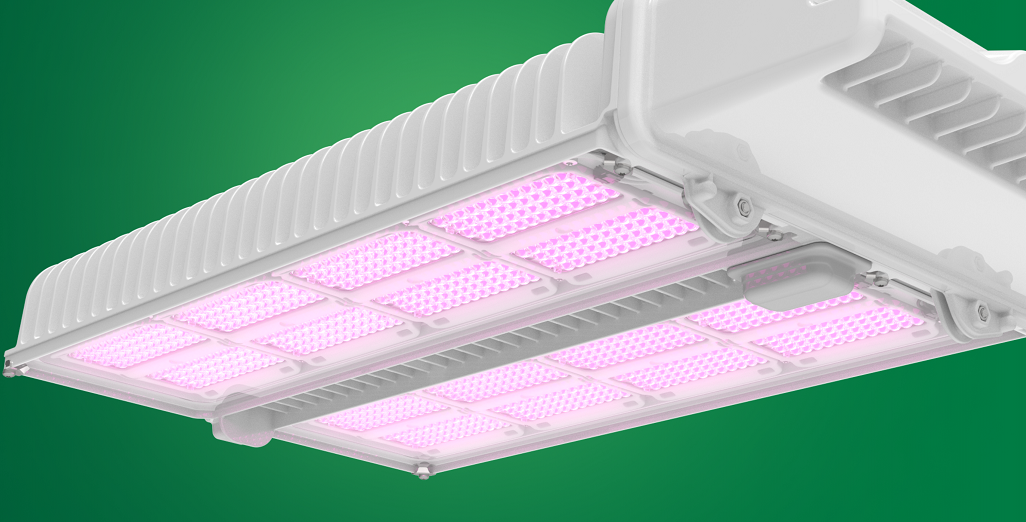
New Philips GreenPower LED toplighting force 2.0
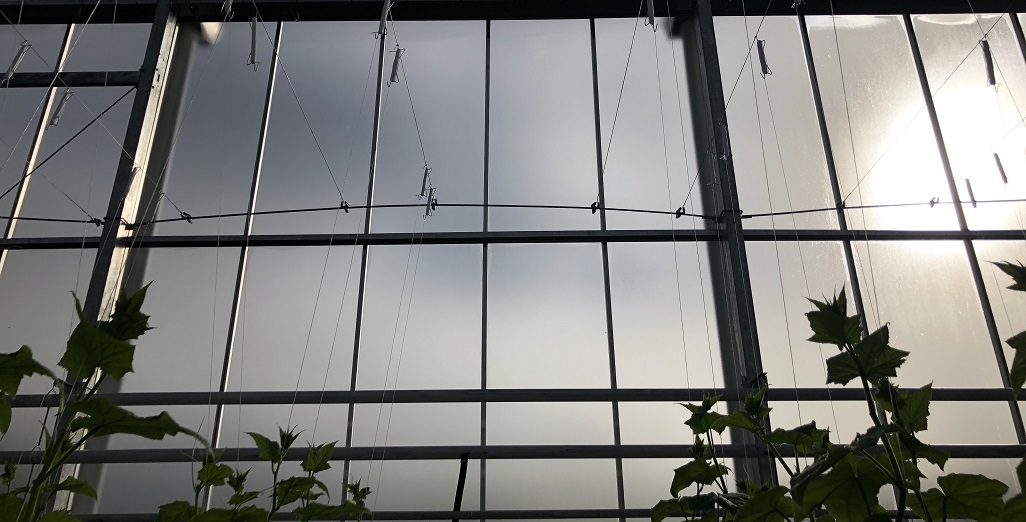
Condensation re-visited
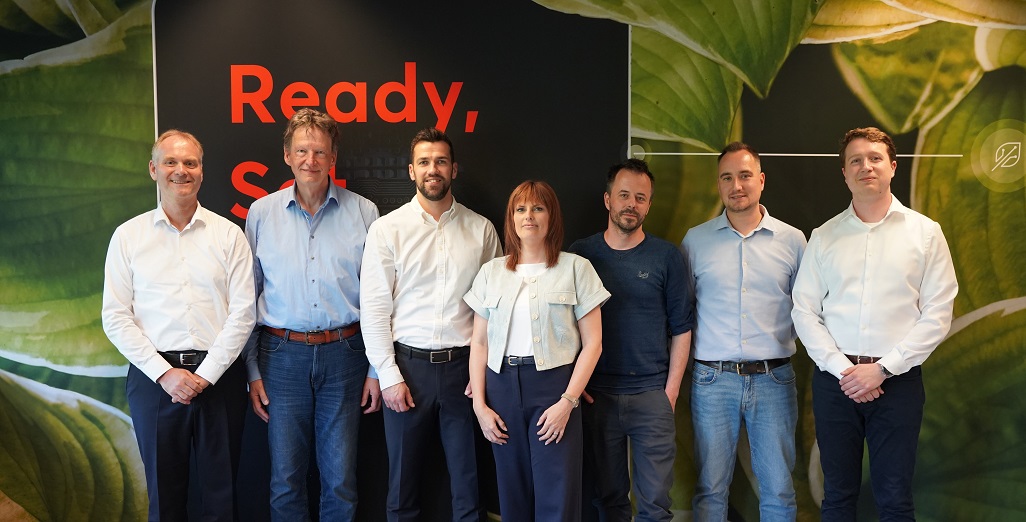
Philips GrowWise Research Center to test and showcase intelligent lighting
